As Liverpool’s director of research for over a decade, Ian Graham was a key person in the background as the Reds won every trophy possible under Jurgen Klopp.
Graham and his team of data analysts played a role in the appointment of Klopp, plus key signings like Sadio Mane, Mo Salah, Andy Robertson, Joel Matip and plenty more.
Initially appointed by Michael Edwards in 2012 after they had worked together at Tottenham, Graham left Liverpool in 2023 and set up an analytics consultancy firm, Ludonautics, with Edwards.
Edwards, of course, has now returned as Fenway Sports Group’s ‘chief executive of football’ and it’s interesting to learn that despite the media perception of Edwards as being the ‘data guy’ at Liverpool, the former Portsmouth player was in fact initially sceptical of Graham’s data-led approach.
“Michael had that mix of his football background, plus he’s a smart guy,” explains Graham in an exclusive chat with This Is Anfield where we discuss the early years under Brendan Rodgers and the so-called ‘transfer committee’ – which Graham was an “unofficial” member of, through to the signings that transformed the club under Klopp, plus the ones that got away.
“[Edwards] understood our approach and the sort of numbers we were coming up with like possession value, goal probability, and so on. He intuitively understood it. So he took our numbers as like a benchmark.”
We speak to Graham ahead of the launch of his new book, sharing stories from his time at Anfield but also on the wider data and analytics approach in football. It is, to say the least, an interesting read.
However, Graham is quick to point out “the book title, ‘How to Win the Premier League‘ is a little bit tongue in cheek! I hope I make it clear in the book that it wasn’t only the data.
“The data doesn’t make any difference at all unless you’ve got a great manager, a great sporting director, a great scouting department to go and do all of the other work that’s absolutely necessary for success.”
“A disastrous start under Rodgers…”
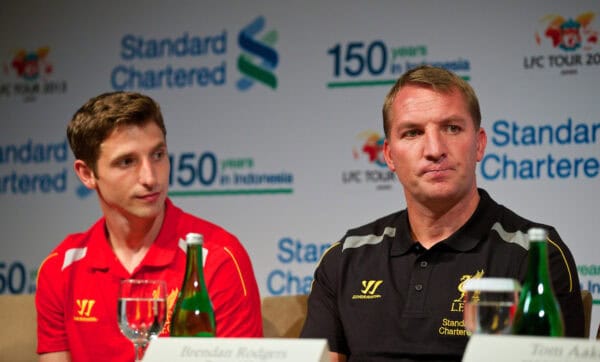
In the early years, that recipe for success was not there. The club’s manager was not aligned with the rest of the recruitment team.
Being appointed to his role on the very day that Damien Comolli left the club, Graham’s first summer was working alongside Brendan Rodgers – who had decided he didn’t exactly want the input of the data and analytics.
In his book, Graham details how Rodgers pushed to sign players like Joe Allen and Fabio Borini – when the analysts had suggested Daniel Sturridge instead (a player the club went on to sign six months later).
Rodgers also insisted on signing Christian Benteke, despite Graham practically “begging” FSG not to. Rodgers was so obsessed with the Aston Villa striker he fought to sign him for three consecutive summers, twice Graham was successful in persuading the club not to sign the Belgian.
“Benteke was the the epitome of that kind of misunderstanding of style,” explains Graham, whose work includes profiling and categorising players according to the type of player they are – not all centre-forwards are the same!
“Benteke in the right system, in a system that plays to his strengths, is a very effective striker. Our problem was Liverpool didn’t play that system.
“When both Brendan and I joined the club, Brendan’s number one priority was to get rid of Andy Carroll – one player that we’d had in the past who did play in that style.”
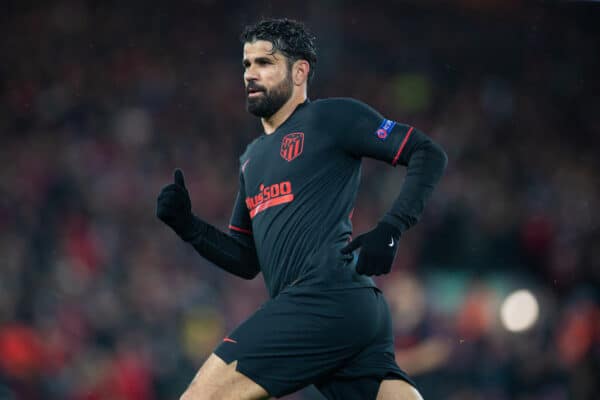
Diego Costa was the striker Graham would have preferred and is one of the ‘ones that got away’ when there was a chance to acquire him from Atletico Madrid in the summer of 2013.
“Can you imagine the forward line of Luis Suarez and Diego Costa? I’m not sure Liverpool would be anyone’s second team with that pair of centre forwards!”
How Coutinho was signed… instead of Tom Ince!
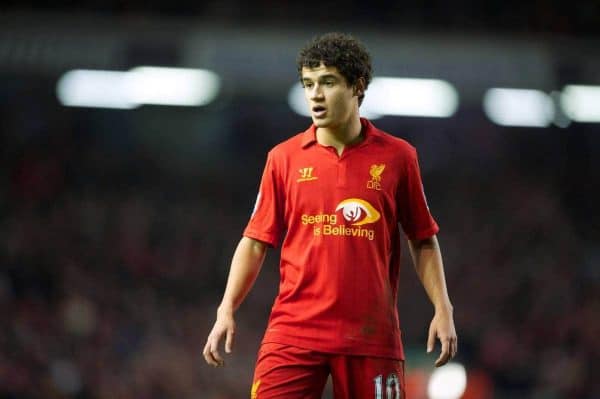
We also, almost quite comically, learn how Rodgers pushed for the signing of Thomas Ince, but only Blackpool changing the terms of the deal meant that Philippe Coutinho was signed instead.
“Spurs had played against Inter when both me and Michael [Edwards] were working at Spurs and Michael thought Coutinho was the best player for Inter, and it was an Inter side that had Wesley Sneijder and Samuel Eto’o so that’s quite good for a 20-year-old, small Brazilian guy to be compared favourably to those superstars.”
Usually Liverpool seek to sign players with certain thresholds for data analysis, which can depend on not just the amount of data but also the quality of the data, such as whether the data includes off the ball actions.
“The data looked good,” says Graham of Coutinho “[but] it was a low number of minutes. The more evidence we’ve got about players, the better; the more minutes, the better. So it was a case of ‘this player looks really good but it’s not quite the minutes to say he’s guaranteed to make a difference to Liverpool’. And that’s where scouting comes in.
“Our scouting team was also heavily in favour of signing Coutinho. Barry (Hunter, chief scout) especially; he loves the Brazilian playmaker as much as I do and as much as Brendan does.
“It really showed what could happen if we were all on the same page, if we all engaged in a process of trying to find the best players that we all agree are the best players for the club.”
Coutinho’s story was a rare one under Rodgers, though, so it was a new opportunity when the former Swansea boss was sacked in 2015.
Jurgen arrives – he’s not enthusiastic about statistics!
![LIVERPOOL, ENGLAND - Friday, October 9, 2015: Liverpool's co-owner and NESV Chairman Tom Werner [L], Managing Director Ian Ayre [R] and new manager Jürgen Klopp during a photo-call at Anfield. (Pic by David Rawcliffe/Propaganda)](https://www.thisisanfield.com/wp-content/uploads/151009-051-Liverpool_appoint_Jurgen_Klopp-600x435.jpg)
Graham was told by FSG that Rodgers would be leaving and his team worked on analysing the potential candidates for the next Liverpool manager.
Their analysis was clear: Klopp’s disappointing final season at Dortmund was not reflective of the data and this message was delivered to FSG – and later to Klopp in Graham’s first meeting with the German.
“I don’t like to see anyone get the sack, but the process just wasn’t working at Liverpool,” says Graham. “So it was a chance to see was the process going to work?
“It meant the pressure was on, the fact that Fenway had decided to keep the rest of the transfer committee on the books and make the change in the manager role. But then that pressure becomes a lot less when Klopp’s available to bring in as manager.
“From Jurgen, his point of view, it was just as advertised as an efficient way of identifying players. He was promised he could have the final say on which players arrive, which players left, which is all he wanted.”
One of those players that arrived was Salah, with Klopp later admitting that Edwards and chief scouts Dave Fallows and Barry Hunter were “really in my ear and were on it: ‘Come on, come on, Mo Salah, he’s the solution!”
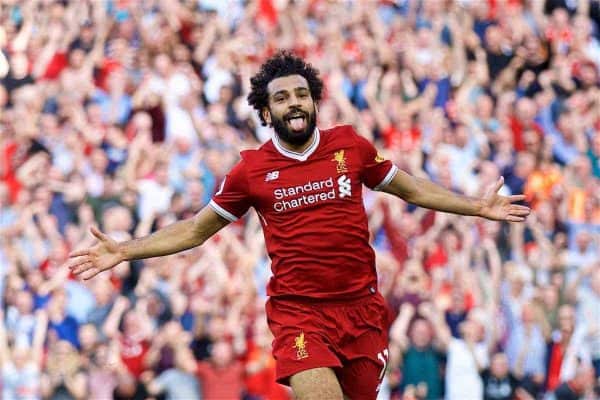
“When you have 20 players on the table, different players, it’s difficult to make an early decision,” said Klopp. “But we all were convinced about it so could make the early decision so we could really get him.”
Salah’s signing was one which perfectly aligned the analysis and the scouting. Graham and his team though rarely interacted with Klopp on transfer discussions, that was left to Edwards, who would sit with Klopp and watch videos of transfer targets.
“When we went down to a shortlist, those shortlisted players had already gone through the data process,” explains Graham. “How that was presented to Jurgen would be more like a discussion with Michael as they were watching videos of the player to say ‘see how many shots Mo’s getting from wide, that’s much more productive than your typical wide forward would be’.
“That would all be informed by the data but it comes through as the story from the video analysis rather than Jurgen saying ‘ah I see Mo is number one in Italy for expected goals’ – that wasn’t how it worked!”
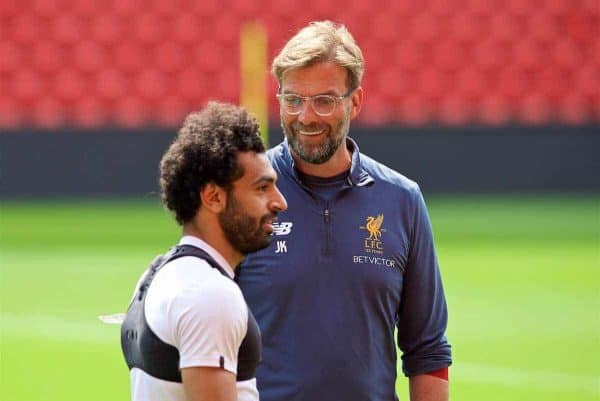
In Graham’s own words, Klopp was not excited or enthusiastic about statistics of players.
“Being the manager of Liverpool, or manager of any football club, is a very stressful and time consuming process, you’ve just got better things to do than look at my statistical analytics,” he says, perhaps humbly.
“I had very few meetings directly with Jurgen. Jurgen is very smart guy, he’s got an intuitive understanding of the sort of work that we do, but he’s not particularly fascinated by statistics.
“And if you wanted to sort of present the player to him, we tried a couple of times showing him the statistics of players but it just didn’t excite him or cause him to be enthusiastic in any way whatsoever.
“So the way my department worked was as a service provider, if you like, to other departments, to offer our insights and our recommendations, which go through the scouting department and through Michael Edwards in terms of recruitment, through the video analysis team, in terms of the post-match analysis or opposition analysis, through the medical department for sport science issues and so on.”
‘Informal discussions’ with FSG over a return
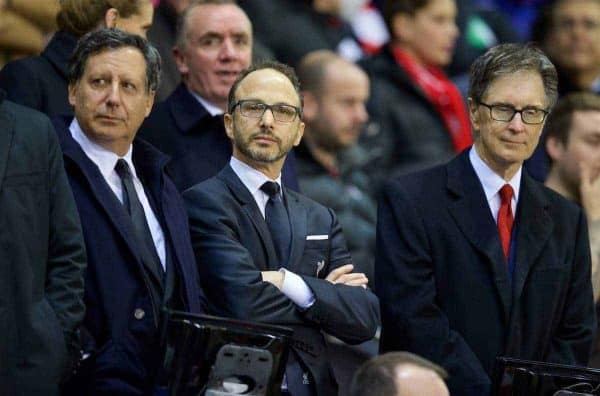
Graham’s departure from Liverpool, officially in summer 2023, arrived after Edwards (2022), and Julian Ward (2023) also departed the club, and sparked some concern that this was a sign that Liverpool’s approach as a data-driven club was being left behind.
“I’d achieved what I wanted to achieve,” insists Graham when explaining his departure.
“For the rest of the [analysis] team it was a good opportunity. Will Spearman, who I hired back in 2018, he’s now got my old role and everyone else has changed changed their roles a little bit as well.”
Graham resigned a year after Edwards left the club, something he admits was a surprise at the time: “And then a year later things were changing at the club as well with all of this, with all of those senior leadership changes, but it was just time for a change [personally].”
Edwards and Ward, along with David Woodfine (formerly director of loan management who also left in 2023) have now all been re-appointed by FSG; Edwards as FSG’s CEO of Football; Ward as FSG’s Technical Director, and Woodfine as Liverpool’s assistant sporting director.
Fenway also brought in Hans Leitert, formerly a goalkeeping consultant for LFC, to work for FSG as their head of global goalkeeping.
So did FSG approach Graham on also returning?
“I had some informal discussions,” admits Graham. “But I think after being so close to the club and so involved in that day-to-day business, I really wanted to do something else.
“My new business, which is an analytics consultancy, it’s kind of the best of both worlds, we work very closely with clubs, give them good advice about recruitment and how to use data in football but I’m not at risk; getting a signing over the line or if the team plays badly for three games in a row.
“I was approached by a couple of Premier League clubs with ‘can you repeat the trick for us, can you do what you did for Liverpool’ and I wasn’t interested in doing the same again with a club that I cared less about than with Liverpool.”
While Graham won’t be involved, the hope for Liverpool supporters and FSG now is that Edwards and the new structure can oversee a new era for the club and indeed repeat the trick again.
You can purchase Ian’s book, How to Win the Premier League: The Inside Story of Football’s Data Revolution, here.
Watch and listen to the full chat with Ian in a 50-minute podcast episode, here.
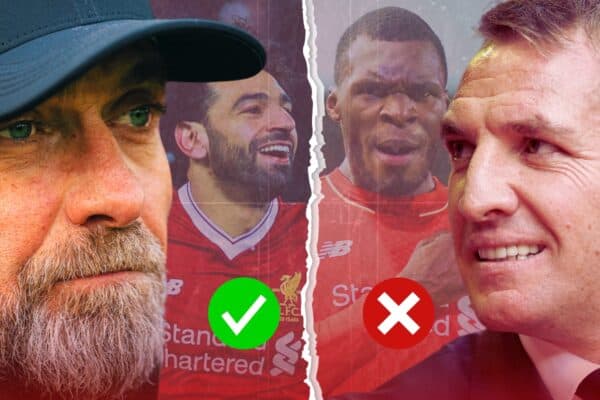
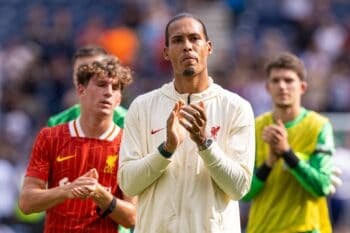
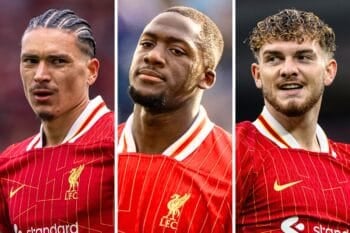

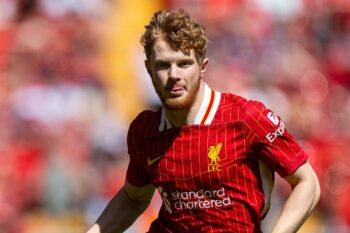
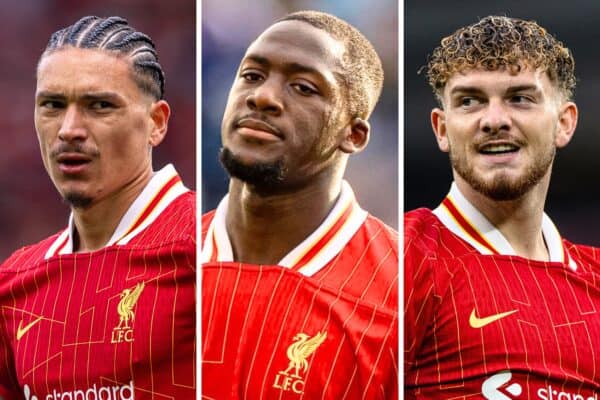

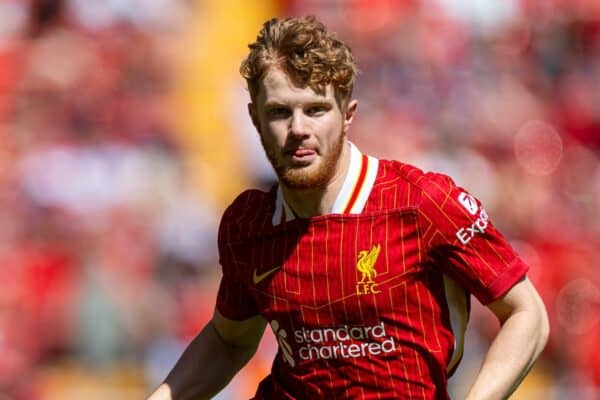

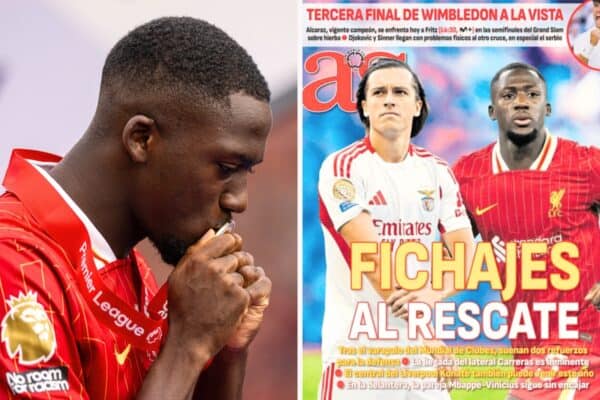
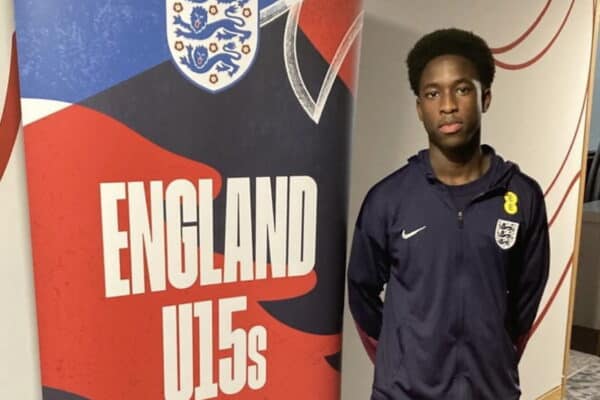
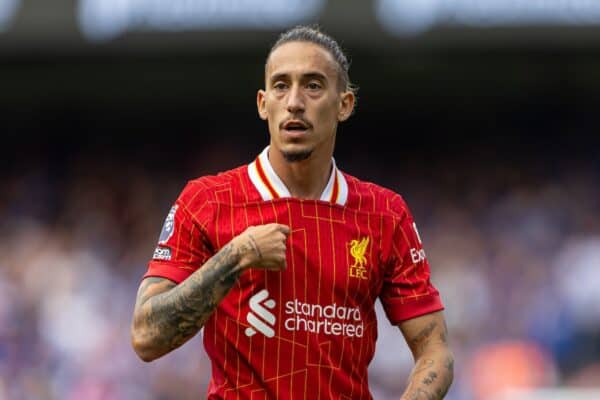
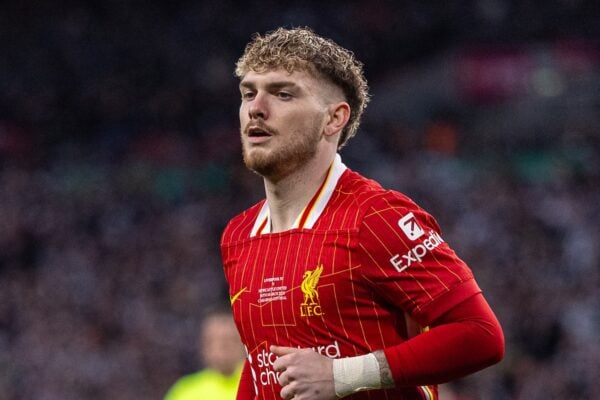
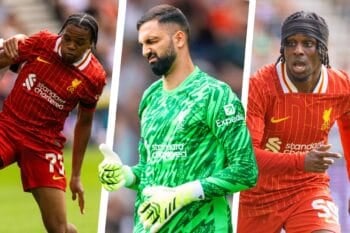
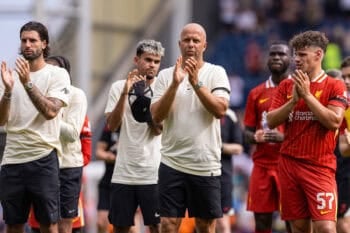
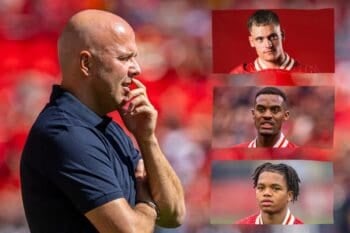
Fan Comments